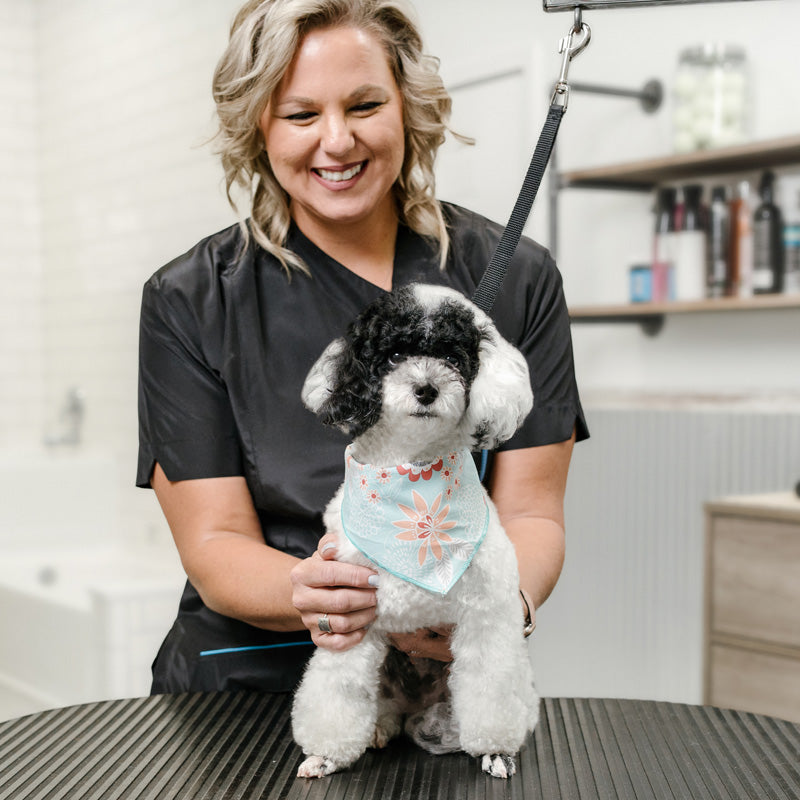
Understanding pet grooming and hygiene
Ensuring the cleanliness and pet grooming needs of your furry friend is a crucial responsibility that comes with pet ownership. It doesn’t merely contribute to their physical appearance but has a significant role in maintaining their overall health. This in-depth blog aims to highlight the significance of pet grooming and hygiene, explore the diverse processes it entails, and provide advice on effectively managing your pet's grooming and cleanliness needs.
The Significance of Pet Grooming and Hygiene
Pet grooming is more than a luxury; it's a critical aspect of pet care. Consistent grooming keeps your pet not just looking their best, but it's also integral to their health and comfort.
Regular grooming practices help sustain a healthy coat and skin. Brushing and combing help discard dead hair, mats, and tangles, keeping your pet's skin free from irritants. Regular grooming stimulates the natural oils in your pet's fur, promoting a glossy and healthy coat.
Grooming your pet also gives an opportunity to check for abnormalities, including skin problems like ticks, fleas, dry patches, or issues with their nails, teeth, ears, and eyes. Early detection of these problems can prompt timely treatment, preventing discomfort or serious health concerns.
Hygiene is a vital component of grooming. Regular cleaning such as bathing and teeth brushing keeps harmful bacteria at bay. Bad hygiene can lead to various health issues, ranging from dental disease to infections and parasites.
Components of Pet Grooming
Bathing: Bathing is a core part of pet grooming. However, the frequency depends on the breed, hair length, lifestyle, and any specific health conditions of your pet. Over-bathing can cause dryness by stripping away the natural oils in the skin.
Brushing: Regular brushing helps discard dead hair and prevent matting. The frequency and type of brush vary based on the breed and coat type of your pet.
Nail Trimming: Overgrown nails can cause discomfort and skeletal damage in pets. Regular trims can help prevent these issues.
Ear Cleaning: Regular ear cleaning can prevent ear infections, particularly in breeds prone to them.
Teeth Brushing: Dental health is a vital part of pet hygiene. Regular teeth brushing prevents plaque and tartar build-up, safeguarding against dental disease.
Coat Trimming: Some breeds require regular trimming. Occasional trimming can help keep your pet comfortable and their coat in good condition, even for breeds that don't have constant coat growth.
Approaches to Pet Grooming and Hygiene
Professional Grooming: Professional groomers are well-equipped to handle a variety of grooming tasks with their expertise and specialized tools. This can be beneficial for tasks that pet owners find challenging, such as nail trimming or coat clipping.
Home Grooming: Many pet owners prefer grooming their pets at home. This can provide a bonding experience and allows pet owners to monitor their pet's condition closely.
Pet Grooming and Hygiene for Different Pets
Every pet is unique, and their grooming and cleanliness needs can significantly vary. Understanding these needs can ensure you provide the best care for your pets.
Pet grooming and cleanliness are essential aspects of pet ownership that contribute to your pet's overall health and well-being. Whether you choose home grooming or professional services, maintaining a regular grooming schedule and monitoring your pet for any signs of health issues is important.
When in doubt, it's always best to consult with a veterinarian or professional groomer to ensure you're providing the best care for your pet's specific needs. Good grooming and hygiene practices are crucial for preventive pet healthcare.
- Choosing a selection results in a full page refresh.












